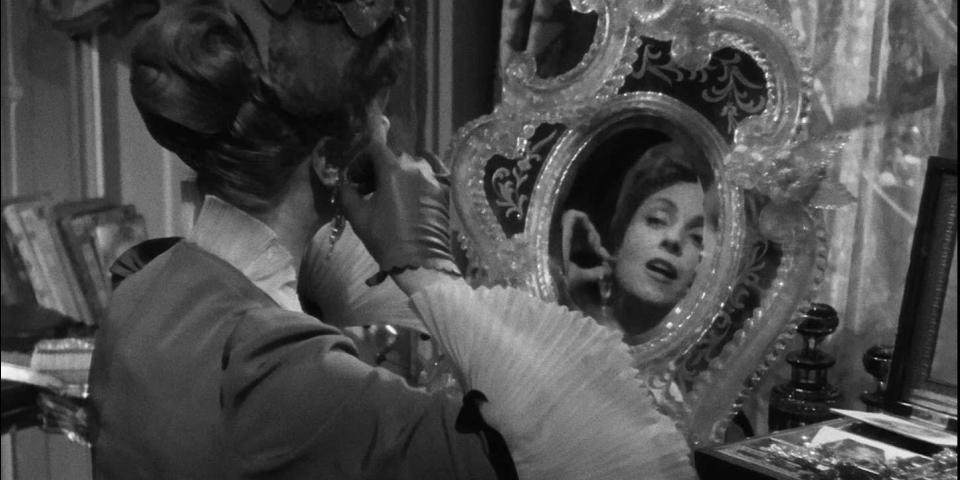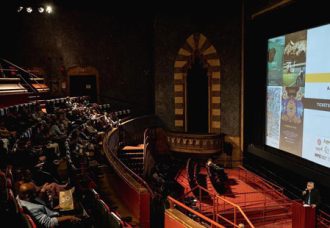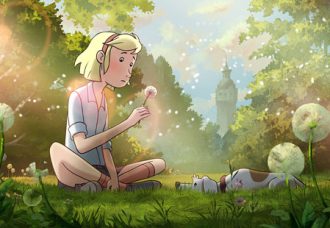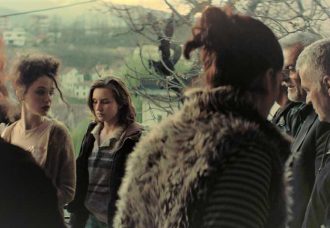Since 2004, Cannes Film Festival under Artistic Delegate Thierry Frémaux has been showing old classics, restored, in the Bunuel theatre or on the official beach of the festival, Cinema de la Plage. Before this, old films were screened as a part of the themed retrospectives. The aim is to celebrate and remember the international heritage of cinema.
There seems to be another important reason to keep the past works of cinema in the spotlight. The advanced digital technology of that time threatened cinema and theatre as people started preferring DVDs and watching films made for the big screen on their TVs and computers. This time, the threat is in the form of online streaming platforms such as Netflix and Amazon.
For the 70th anniversary, the selection of the Cannes Classic category focused on the history of the festival. Films that had both graced the festival and had an influence on the audience, films that were awarded the Palme d’Or and went on to being a huge commercial success in their times, were brought back to remind people that cinema has always been a part of the mundane life. From Poland to Netherlands and obviously France, films made all over the world and in different decades were restored to be showcased at the festival. Directors still with us, and representatives of the respective companies responsible for the restoration, presented their films prior to the screening. A few words of acknowledgement followed, and then it was show time.
Of the many classics that I watched, these are the ones that I loved the most:
Rene Clement’s Battle of the Rails (1946), a film about the French Resistance and how their members tried to sabotage the German troops occupying France. It was applauded by all, including the Germans in the audience.
Henri-Georges Clouzot’s The Wages of Fear (1953) was not only restored but also included the 21 minutes that had been originally deleted due to accusations of anti-Americanism at the time of its release in America. The film was not only a hit at the festival back then but also a commercial success in Europe, and is to date the 4th highest grossing film in France. It was the 2nd last movie to be honored with the Grand Prix, the highest award of that time before the Palme d’Or was introduced in 1955.
Max Ophuls’ The Earrings of Madame de… (1953) was rediscovered in the 80s, and since then has been accepted as one of the finest works of French cinema by acclaimed critics such as Francois Truffaut and Jacques Rivett. A tribute was paid to Danielle Darrieux, the female lead of the film on the occasion of her 100th birthday. She has aged as gracefully as her younger colleague, Claudia Cardinale, who has been selected as the face of the festival this year.
Bunuel’s Belle de Jour (1967) was shown in his namesake theatre at the same time the belle of the movie, Catherine Deneuve was invited for the Women in Motions dinner which honored women in the film industry. Also present was Jane Campion, whose short film Peel (1986), also shown in this category, made her the 1st woman to win the Short Film Palme d’Or award.
Bob Fosse’s All That Jazz (1979), a semi-autobiography of the not-so-glamorous life of the director himself.
Andrzej Wajda’s Man of Iron (1981), bravely made during the brief thaw in Communist censorship and banned in Communist Poland for supporting anti-Communism. The screening was attended by award-winning filmmaker Roman Polanski to support his Polish heritage.
Robert Redford’s A River Runs Through It (1992), starring a young Brad Pitt who made his mark in the industry as a serious actor with his role as the rebellious brother in a Presbyterian family. Redford and his writer understand that most of the events in any life are accidental especially the important ones, and that we can exercise little conscious control over our destinies. The film effectively communicates how to swim in the unpredictable stream and deal with whatever happens with grace, courage and honesty.
Clint Eastwood’s Unforgiven (1992); as actor-writer-director-producer. It may have been his last movie in the Western genre but he goes out with a bang as it has been commended for being historically and culturally significant. Eastwood was present during the screening, and post-screening, he conducted a masterclass on filmmaking, which turned out to be one of the highlights of this 70th edition.
I learned a lot too from a couple of new biographical documentaries. Tony Zierra’s Filmworker, on actor Leon Vitali, who retired at the height of his career to become Stanley Kubrick’s assistant/right-hand man. And Mark Kidel’s Becoming Cary Grant, on the iconic British actor.









